
The Osa Peninsula is a wild, untouched natural wonderland, with pristine expanses of rainforest teeming with rare animals and tropical birds, as well as some stunning palm-backed Pacific beaches.
Quite separated from the rest of the mainland, you reach the Osa Peninsula via a narrow neck of land in the far south of Costa Rica. This remoteness means the area has a wilder more far-flung feel than many of the country’s other jungle reserves.
The Corcovado National Park is hands-down one of the top places to see wildlife in Costa Rica. Approximately one tenth of all mammal species from the Americas are found here, including peccaries, coatis, agoutis, kinkajous, sloths, armadillos, anteaters, jaguars and other big cats.
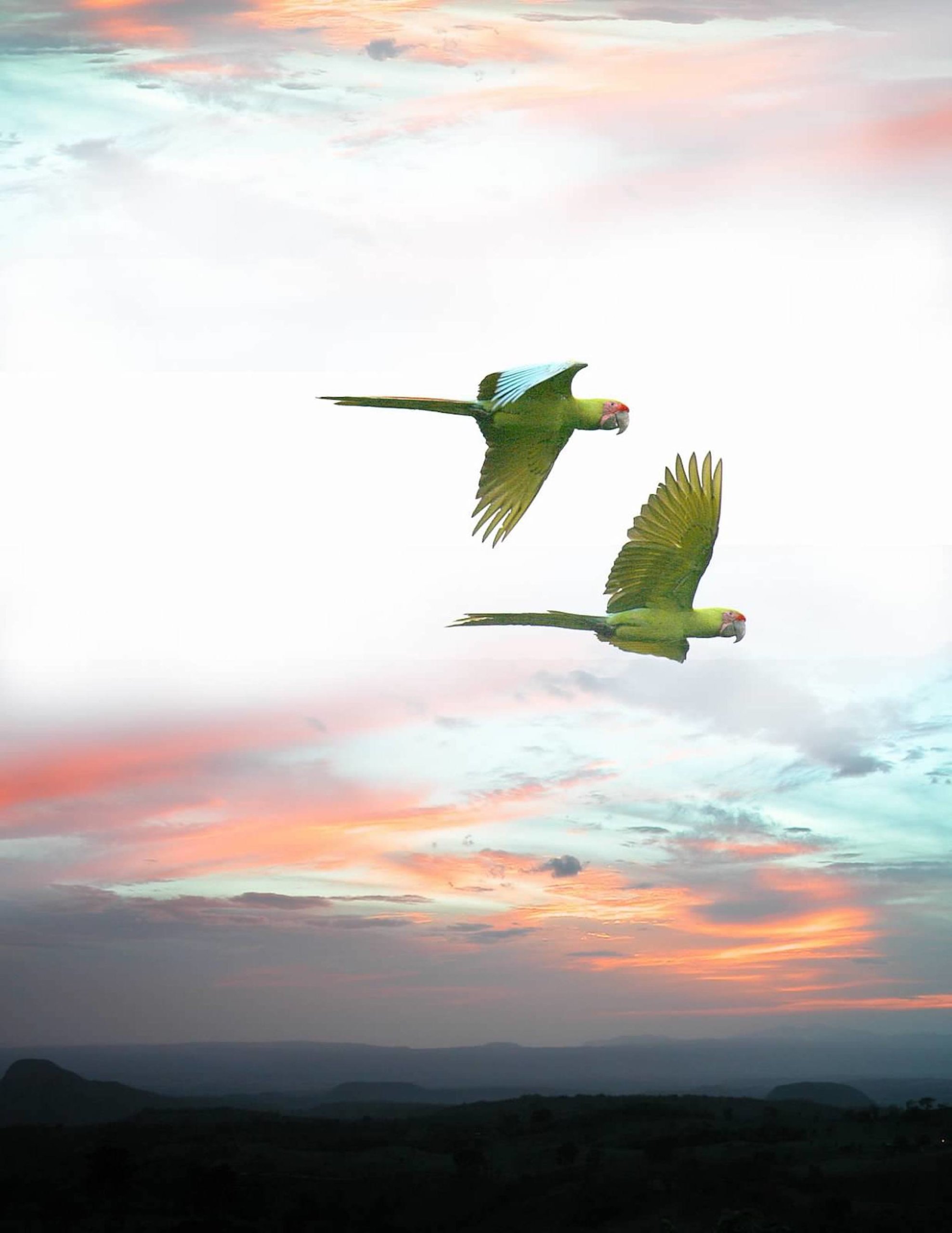
A wild, untouched natural wonderland

In the ancient forest you will also see all manner of tropical birds, including the largest colony of scarlet macaws in the country with some 1,200 of them, perched or squabbling along the beach palms. Of the 400+ bird species found in Osa, 20 are endemic and can only be found there. The harpy eagle for example, is a species which was thought to be extinct, but has recently been spotted once again in the Osa Peninsula’s forests. It cannot be overstated how precious this region of Costa Rica is, and we only work with eco-lodges where sustainability and the protection of this incredible natural habitat are first and foremost in everyone’s minds.
build your clients trip with our experts


WHAT NOT TO MISS IN
THE OSA PENINSULA
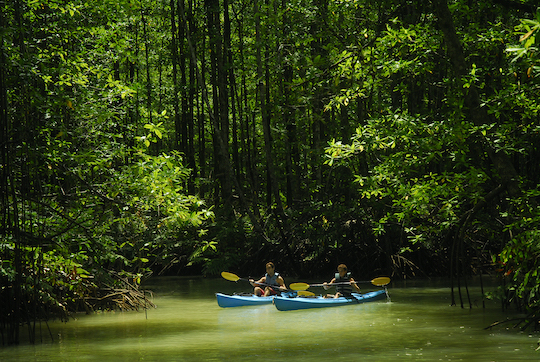
Corcovado National Park
The Corcovado National Park is acclaimed by National Geographic as being “the most biologically intense place on earth!” We like their wording, and it’s all true – for extreme wildlife spotting this park just cannot be beaten.
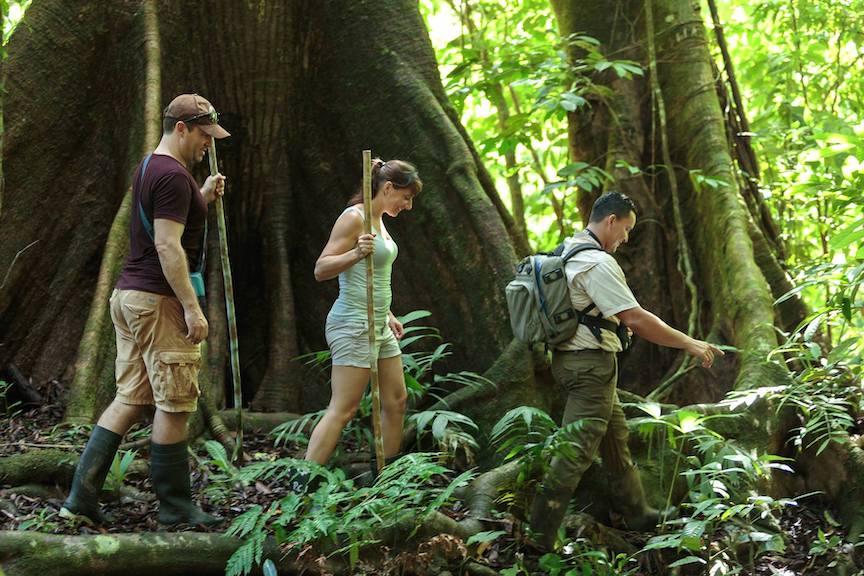
Jungle Hikes
Home to 2.5% of the world’s biodiversity and, its jungles are some of the most verdant in the world! While hiking through the jungle the silence of your surroundings is occasionally broken with the exotic sounds of howler monkeys and scarlet macaws.

Whale & Dolphin Watching
Whale and dolphin watching around the protected bays of Golfo Dulce and Bahia Drake is incredible. Humpback whales migrate from both hemispheres to mate and have their babies. This means that from July, right through to April these gentle giants can be seen in Osa’s warm waters.
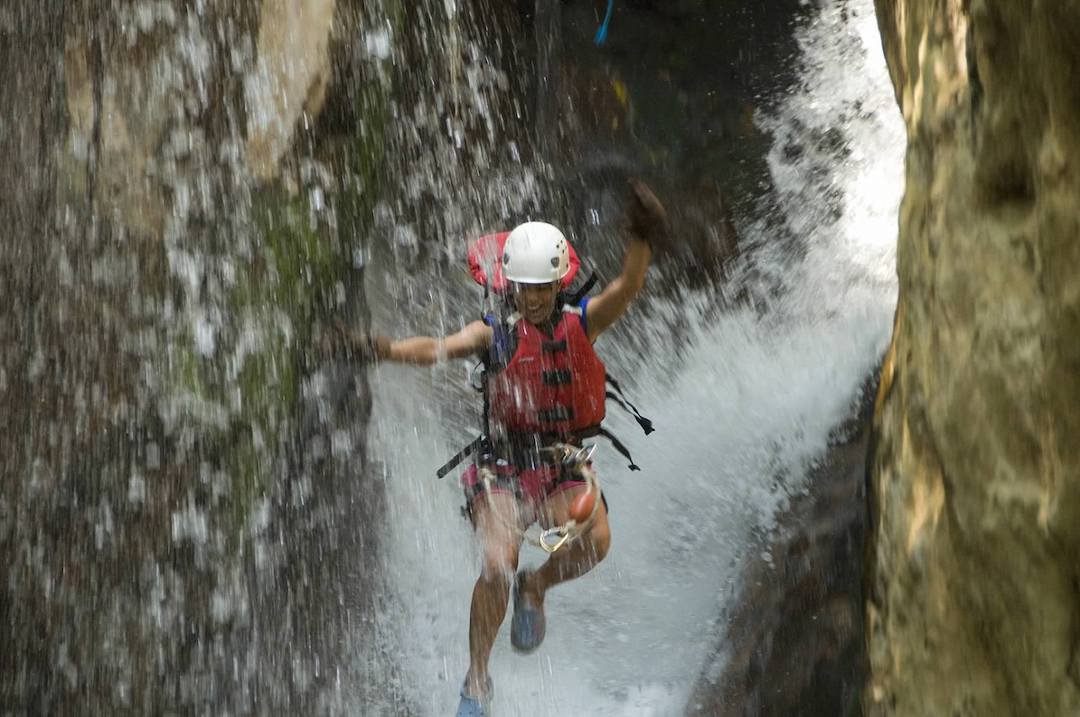
Waterfall Rappelling
Cascade rappelling is one of the most spellburning and popular adventure sports in Costa Rica, also known as Canyoning. This is a basic concept: fit in a suit and get your feet wet in the waterfall below your feet. In reality, the sport is more thrilling and enjoyable than you ever might imagine. It includes walking, climbing and lifelong memories.

Snorkelling Isla del Caño
Caño Island is the best for snorkeling Costa Rica! You can swim with the sea turtles, stingrays, manta rays, moray ants, barracudas, tuna, snapper, parakeetfish, poffers and more, thanks to the amazing underwater view. Marine life is also plentiful on the island’s outskirts and white coral sharks, whale sharks and even humpback blacks are visible.
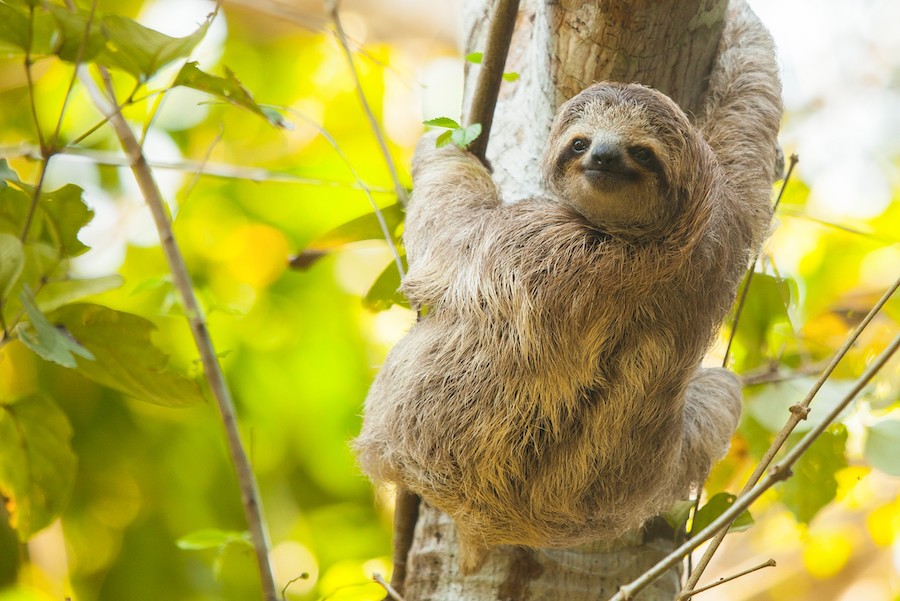
Piedras Blancas National Park
This national park is an important natural sanctuary in the Province of Puntarenas. Located in the south east of Osa Peninsula in Golfito, on the south-east of the Pacific coast of Costa Rica, adjacent to the National Wildlife Refuge of Golfito, linking the Corcovado National Park to form and preserve biological corridor in Golf Dulce which is ecologically diverse.
destination map

| Title | Address | Description | |||
|---|---|---|---|---|---|
San José | San José, Costa Rica | Sprawling and chaotic at first sight, San José is nonetheless a vibrant capital with plenty to see and do. There are still pockets of colonial gems around San José and some very fine museums and green spaces, as well as a lively cultural life.Read more… | |||
Manuel Antonio | Parque Nacional Manuel Antonio, Provincia de Puntarenas, Quepos, Costa Rica | In the Manuel Antonio National Park you’ll find sloths, iguanas and the rare squirrel monkey among many other species. In the pristine waters around the perfect bays there is a flurry of marine life from dolphins and turtles to whales and colorful tropical fish.Read more… | |||
Arenal & La Fortuna | Volcán Arenal, Provincia de Alajuela, San Carlos, Costa Rica | The presence of the impressive Arenal Volcano is everywhere. Whether strolling around La Fortuna village, canopy rappelling in the forest, boating along Lake Arenal, horseback riding or hiking the countryside…adventure lies around every corner.Read more… | |||
Monteverde | Provincia de Puntarenas, Monteverde, Costa Rica | Home to Costa Rica’s most stunning and pristine Cloud Forest where you can find birds, monkeys and people (zip-lining of course) flying through the trees! There are plenty of adventures from the Sky Walk to horseback riding and hiking.Read more… | |||
Tortuguero | Tortuguero, Limón, Costa Rica | On Costa Rica’s northern Caribbean Coast,, Tortuguero is a water world made up of canals, lagoons, streams and dense rainforest. Known as the ‘Land of Turtles’, Tortuguero is one of the world’s most important turtle nesting sites! Read more… | |||
Puerto Viejo | Limón, Puerto Viejo de Talamanca, Costa Rica | The laid-back pace of this Caribbean beach town is bound to win you over. Here you’ll get a taste of Costa Rica’s Creole culture and enjoy the adventures of the nearby Gandoca-Manzanillo Wildlife Reserve as well as relaxing in its calm Caribbean waters. Read more… | |||
Tamarindo | Provincia de Guanacaste, Tamarindo, Costa Rica | This once small, unassuming fishing village on the Pacific Coast has become the center of Costa Rica’s high-end beach scene. Tamarindo offers designer shopping, incredible restaurants and plenty of nightlife for those seeking a not so quiet beach setting. | Nicoya Peninsula | Península de Nicoya, Costa Rica | Jutting out out into the Pacific, this tropical peninsula is a mountainous and sparsely populated area with an abundance of wildlife. The stunning coastline is dramatic and unspoiled with long stretches of sandy beaches backed by jungle.Read more… |
Rincon de la Vieja | Volcan Rincon de la Vieja, Provincia de Guanacaste, Costa Rica | There are many ways to experience the area ranging from hiking, rappelling, rock-climbing and canopying to relaxing horseback rides and soaking in the volcanic hot springs flowing from the mountain – one of the major draws of the region.Read more… | |||
Central Highlands | Cordillera Central, San José, Costa Rica | This region has some of the highest mountains in Costa Rica with cool, misty cloud forests and rushing rivers. It runs from Nicaragua to Panama and separates Costa Rica’s Caribbean and Pacific Coasts, creating two very different climatic regions. Read more… | |||
Osa Peninsula | Peninsula de Osa, Provincia de Puntarenas, Costa Rica | The Osa Peninsula is an untouched natural wonderland with wildlife-filled rainforests and palm-backed Pacific beaches. Visit the Osa Peninsula’s Corcovado National Park where almost one-tenth of all the mammals found in the Americas live! Read more… | |||
Sarapiqui | Heredia, Sarapiquí, Costa Rica | Puerto Viejo de Sarapiqui in the lush Caribbean lowlands is known for its natural environment filled with tropical flora, and for the broad Sarapiqui River that flows through it. Read more… |
Depending on your client’s preferences, we can help you determine the best experiences tailored for your clients. From where to visit, when to go, what to do and how to get there safely, our travel experts will help you create an experience your clients will love.
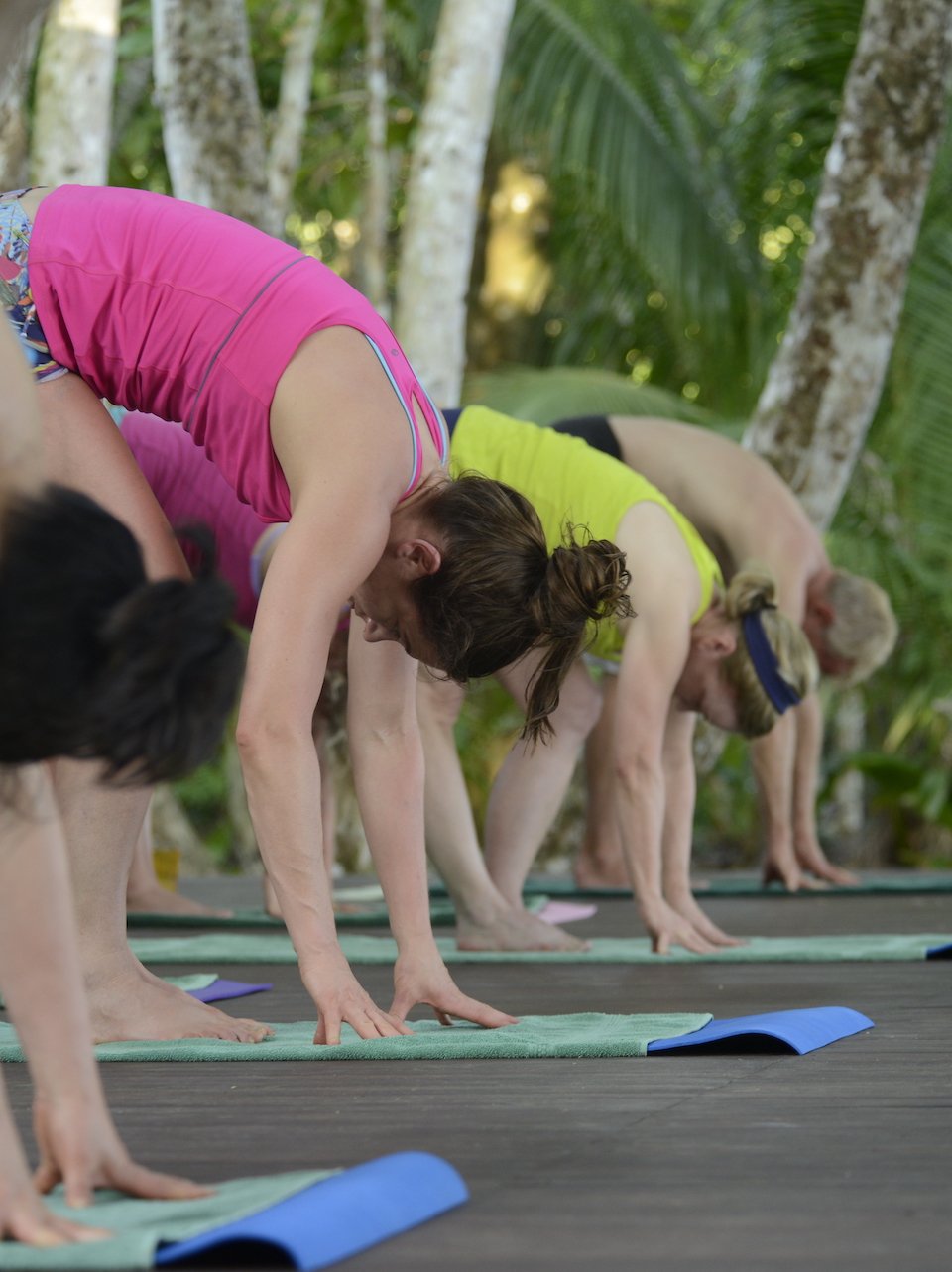
Best times to visit Osa Peninsula
The dry season in Osa Peninsula is from January through to April and is the best time to visit with reliably sunny weather, however it’s also the most popular and expensive time to travel. For the best value, travel in the green season, from May through to September, when lodges drop their rates although afternoon showers are common. Roads sometimes flood and many lodges actually close in the rainiest months of October and November. Often, there is a two-or three-week period of dry weather, a mini-summer called el veranillo with brilliant sunshine in late June and into July. Try and avoid traveling to the Osa Peninsula during the Christmas and New Year holiday season when rates peak to their highest. The best time to trek in Corcovado is during a dry year from the end of December till March), then during the nesting season from February to May.
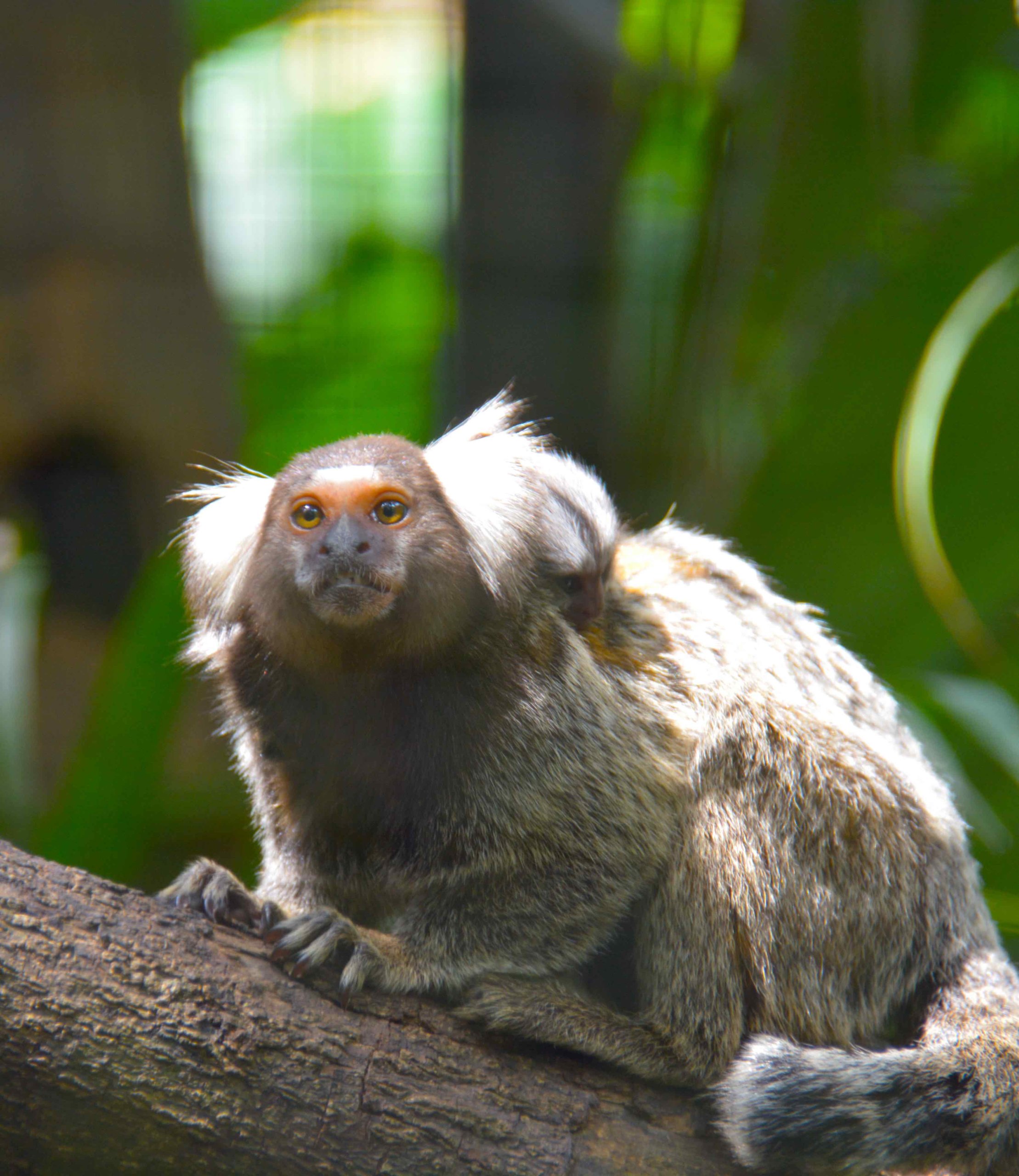
practical information
HOW TO GET THERE
You can reach Drake Bay, Palmar Sur and Puerto Jimenez by flying with SANSA and Nature Air. SANSA flies Cessna planes and has the greatest number of flights to Golfito. Nature Air flies DeHavilland planes with larger windows that are great for seeing the incredible landscapes below. The company also prides itself on its sustainability, claiming to be the world’s first carbon-neutral airline.
Buses also go from the Osa Peninsula to San José with the fares being relatively inexpensive and will give you the opportunity to meet some of the locals. The buses in general are slow and often leave very early in the morning.
GETTING AROUND
The main form of local public transport in the region are buses (colectivos), departs one block south of the bus station in Jiménez. Journeys from Jimenez to Carate can be achingly bumpy and the colectivo will drop you off at any of the lodges along this route. There are also a number of local taxi drivers who have 4WD vehicles that can also take you to your lodge. The colectivo also heads to Bahía Drake although less frequently in the wet season. Due to the state of the roads and hazardous driving conditions, we don’t recommend driving in this region especially in the rainy season. If you have a rental car note that Puerto Jiménez has the only petrol station on the entire Osa Peninsula, so be sure to fill up before you leave.
Boats are the most common way to get to the jungle lodges in Osa and while in the lodge, all activities are located around the lodge.
WHERE TO STAY
Most of the accommodation in the Osa Peninsula are small hotels and eco-lodges surrounded by unbelievable wildlife and nature. As a general rule, the further south the lodge, the more remote it is. Poor road conditions, lack of electricity and communications make accommodations more expensive than in other destinations although most of these places include meals, transport, guides, and unique locations.

More highlights of Costa Rica
With eight local offices in Latin America, we have the perfect base to help you build the perfect trip for your clients. Unrivaled experience with a wide selection of bed & breakfasts, small posadas, unique boutique hotels and world class luxurious lodging.
